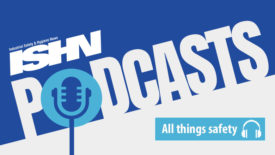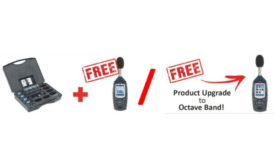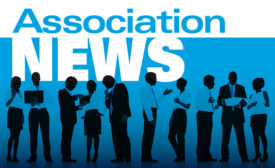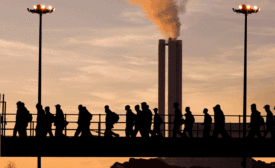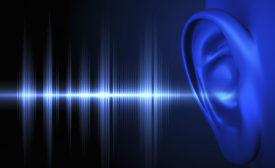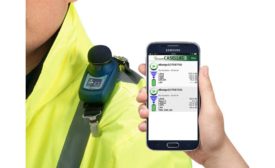Home » Keywords: » hearing loss prevention
Items Tagged with 'hearing loss prevention'
ARTICLES
Elliott H. Berger receives 2020 NHCA Michael Beall Threadgill Award
Award honors outstanding leadership and service to NHCA
February 18, 2020
Become a Leader in Safety Culture
Build your knowledge with ISHN, covering key safety, health and industrial hygiene news, products, and trends.
JOIN TODAYCopyright ©2025. All Rights Reserved BNP Media.
Design, CMS, Hosting & Web Development :: ePublishing
